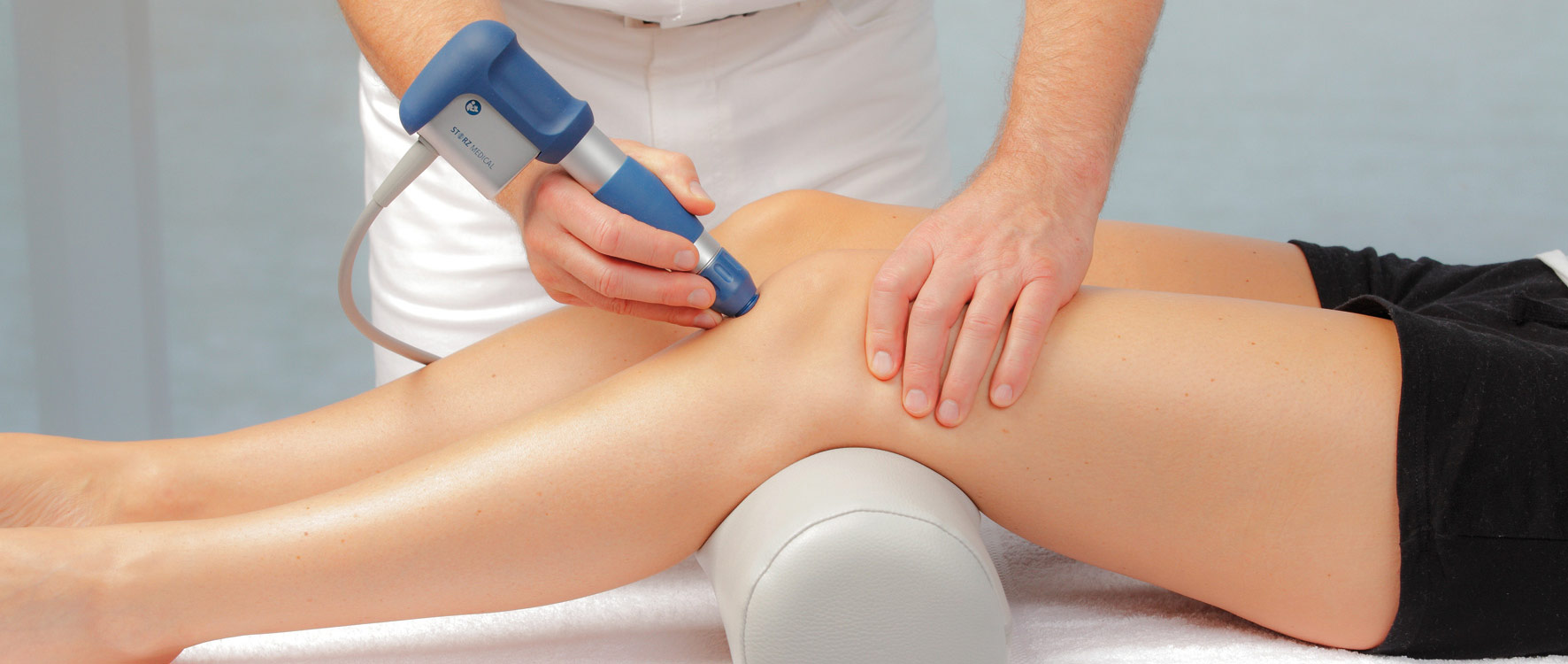
Shockwave Therapy
Shockwave therapy should not be confused with electrotherapy. It does not apply electric shocks. Rather, it applies mechanical pressure waves. Shockwave therapy delivers a well-controlled mechanical insult to connective tissue. At first thought, this might sound illogical. However, “insultive” therapy is not something that is new to the field of rehabilitation.
Our understanding of chronic tendinopathies (tendinosis) has grown extensively over the last decade. We now know that a tendinosis lacks histologic signs of inflammation, and that it is not an “itis” that is stuck in the inflammatory phase of tissue healing. It is also now clear that significant tendon degeneration, mucoid accumulation, and adhesions develop with tendinosis. Even before this in-depth understanding, early pioneers in our field, such as James Cyriax, advocated for the use of cross friction massage techniques to provide a controlled “clinical insult” to chronic tendon lesions that had stalled out in the healing process. The theory purports that cross friction techniques break down adhesions and restimulate the inflammatory response allowing for tissue healing to occur, which is in line with our
current understanding of chronic tendinopathy.
Recent research indicates that Cyriax cross friction massage techniques combined with other therapies (stretching, eccentric training, joint mobilization, etc) can have positive outcomes on otherwise recalcitrant soft-tissue lesions.2 Shockwave therapy is another clinical tool that can be used to restimulate the healing response in chronic soft-tissue lesions, while decreasing wear and tear on the clinician’s hands and fingers from manual techniques.





